Accepted Scientific Name: Eulychnia breviflora Phil.
Fl. Atacam. 24. 1860 Phil.
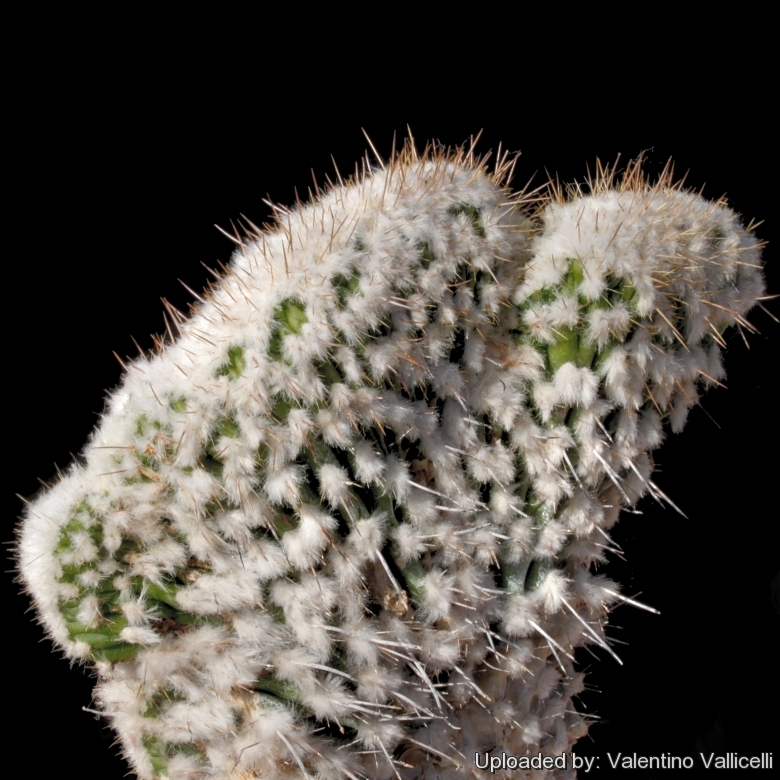
Eulychnia saint-pieana f. cristata Photo by: Valentino Vallicelli
Origin and Habitat: Garden origin.
Synonyms:
See all synonyms of Eulychnia breviflora
back
Accepted name in llifle Database:Eulychnia breviflora Phil.Fl. Atacam. 24. 1860Synonymy: 9
back
Description: The Eulychnia saint-pieanaSN|7535]]SN|7535]] is a candelabriform or arborescent columnar succulent, much branched from below, often with a well developed woody trunk. It has many ribs which are set with large, white, woolly tufts accented by long central spines. It is a form with especially hairy areoles.
Crested form: The beautiful and very rare crested form (Eulychnia saint-pieanaSN|7535]]SN|7535]] f. cristata) is sought after by specialized collectors and impassioned for its unique tufted appearance. It forms fan-shaped stems densely covered by large and very woolly areoles.
Stems: Cristate 5-8 cm thik, greyish-green to dark green.
Ribs: Somewhat tuberculate, slightly furrowed between areoles.
Areoles: Close set, whit heavy wool and hairs.
Spines: 10-30, often poorly differentiated as central and radials, brown turning dull grey to chalky-white as they ages.
Central spines: 1-2 stouter, erect 10-20 cm long.
Radial spines: 0,5-2 cm long, diverging.
Flowers: Bell shaped, white to pale rose up to 2 cm long, segment mostly white with a darker midstripe. They develop from very woolly buds filled with dense brown to white wool and bristles near the top of the plant. Areoles of floral tube and pericarpel without stiff bristles. Tube densely scaly, and shorter than the pericarpel.
Blooming season: Summer, the flowers stay open day and night.
Fruits: Globose to pear shaped, up to 5-8 in diameter, fleshy, acid, especially hairy when young. The fruit is edible, but not very tasty.
Bibliography: Major references and further lectures
1) Edward F. Anderson “The Cactus Family” Timber Press, 2001
2) James Cullen, Sabina G. Knees, H. Suzanne Cubey “The European Garden Flora Flowering Plants: A Manual for the Identification of Plants Cultivated in Europe, Both Out-of-Doors and Under Glass”Cambridge University Press, 11/ago/2011
3) David Hunt, Nigel Taylor “The New Cactus Lexicon” DH Books, 2006
4) Faundez, L., Guerrero, P., Saldivia, P. & Walter, H.E. 2013. Eulychnia breviflora. In: IUCN 2013. "IUCN Red List of Threatened Species." Version 2013.2. <www.iucnredlist.org>. Downloaded on 30 December 2013.
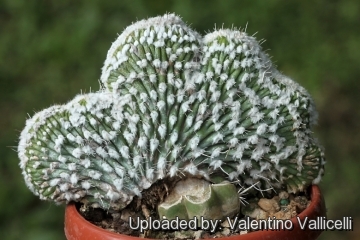 Eulychnia saint-pieana f. cristata Photo by: Valentino Vallicelli
Eulychnia saint-pieana f. cristata Photo by: Valentino Vallicelli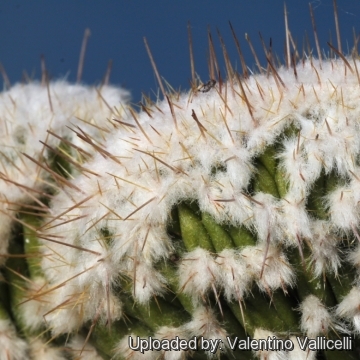 Eulychnia saint-pieana f. cristata Photo by: Valentino Vallicelli
Eulychnia saint-pieana f. cristata Photo by: Valentino Vallicelli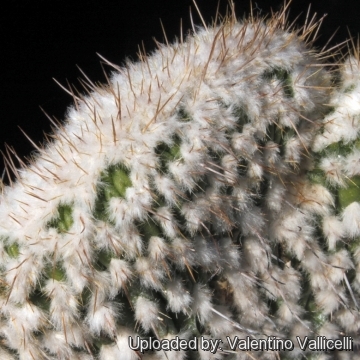 Eulychnia saint-pieana f. cristata Photo by: Valentino Vallicelli
Eulychnia saint-pieana f. cristata Photo by: Valentino Vallicelli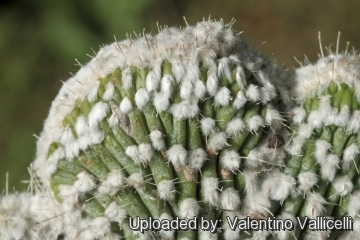 Eulychnia saint-pieana f. cristata Photo by: Valentino Vallicelli
Eulychnia saint-pieana f. cristata Photo by: Valentino Vallicelli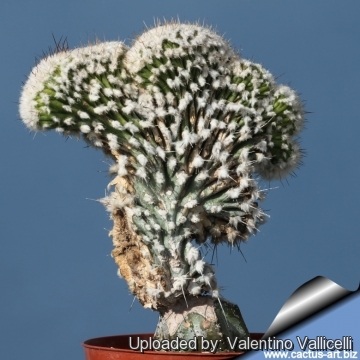 Eulychnia saint-pieana f. cristata Photo by: Valentino Vallicelli
Eulychnia saint-pieana f. cristata Photo by: Valentino VallicelliSend a photo of this plant.The gallery now contains thousands of pictures, however it is possible to do even more. We are, of course, seeking photos of species not yet shown in the gallery but not only that, we are also looking for better pictures than those already present.
Read More... Cultivation and Propagation: These plants will tolerate sun and heat, but not extended periods of frost. The crested form is more frost sensitive and should not be kept at less than -0°C . Grow them in rich, porous, sandy soil, and let their soil dry out between waterings. If potted, repot in the spring, if their roots become cramped. Generally, they should be repotted every other year in order to provide fresh soil. However, this doesn't necessarily mean they'll need larger containers. Fill about a quarter of the pot with broken crocks, gravel, etc. to promote good drainage. After repotting, do not water for a week or more. The crested plants enjoy a warm sunny environment and for more speedy growth a light position on a higher shelf with light feeding and rainwater given to the bottom of the plant will ensure success, especially with rooted detached branches, which do well in these conditions.
Propagation: Grafting. It can also be increased by cuttings, which will take root in a minimum temperature of 20° C. Cuttings of healthy shoots can be taken in the spring and summer. Cut the stem with a sharp, sterile knife, leave the cutting in a warm, dry place for a week or weeks (depending on how thick the cutting is) until a callus forms over the wound. Once the callus forms, the cutting may be inserted in a container filled with firmed cactus potting mix topped with a surface layer of coarse grit. They should be placed in the coarse grit only; this prevents the cut end from becoming too wet and allows the roots to penetrate the rich compost underneath. The cuttings should root in 2 to 6 weeks.
















